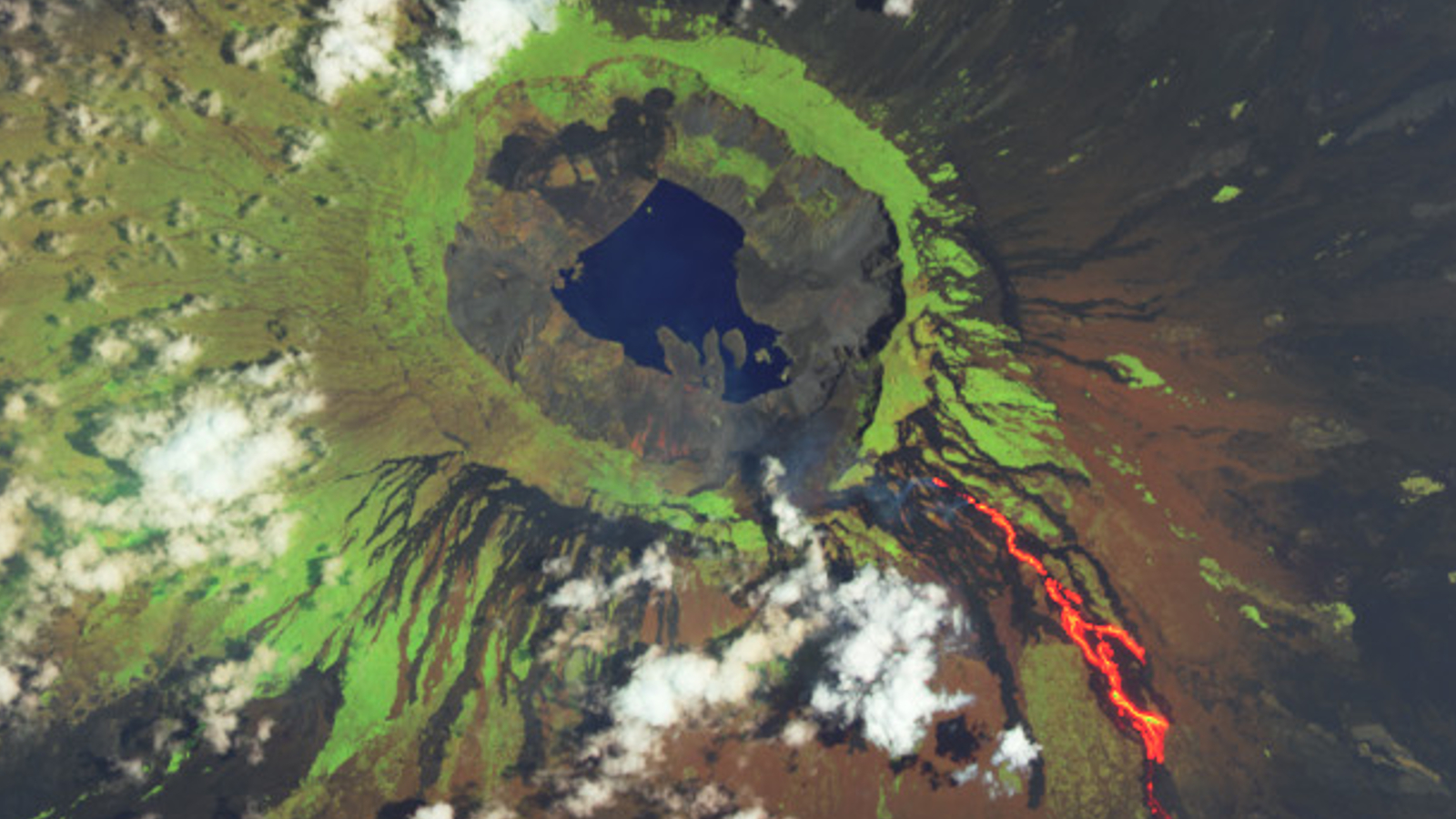Remote Sensing, Vol. 16, Pages 1110: Multi-Sensor Classification Framework of Urban Vegetation for Improving Ecological Services Management
Remote Sensing doi: 10.3390/rs16061110
Authors: Arti Tiwari Oz Kira Julius Bamah Hagar Boneh Arnon Karnieli
Recent climatic changes have profoundly impacted the urban microclimate, exposing city dwellers to harsh living conditions. One effective approach to mitigating these events involves incorporating more green infrastructure into the cityscape. The ecological services provided by urban vegetation play a crucial role in enhancing the sustainability and livability of cities. However, monitoring urban vegetation and accurately estimating its status pose challenges due to the heterogeneous nature of the urban environment. In response to this, the current study proposes utilizing a remote sensing-based classification framework to enhance data availability, thereby improving practices related to urban vegetation management. The aim of the current research is to explore the spatial pattern of vegetation and enhance the classification of tree species within diverse and complex urban environments. This study combines various remote sensing observations to enhance classification capabilities. High-resolution colored rectified aerial photographs, LiDAR-derived products, and hyperspectral data are merged and analyzed using advanced classifier methods, specifically partial least squares-discriminant analysis (PLS-DA) and object-based image analysis (OBIA). The OBIA method demonstrates an impressive overall accuracy of 95.30%, while the PLS-DA model excels with a remarkable overall accuracy of 100%. The findings validate the efficacy of incorporating OBIA, aerial photographs, LiDAR, and hyperspectral data in improving tree species classification and mapping within the context of PLS-DA. This classification framework holds significant potential for enhancing management practices and tools, thereby optimizing the ecological services provided by urban vegetation and fostering the development of sustainable cities.

 1 month ago
19
1 month ago
19


